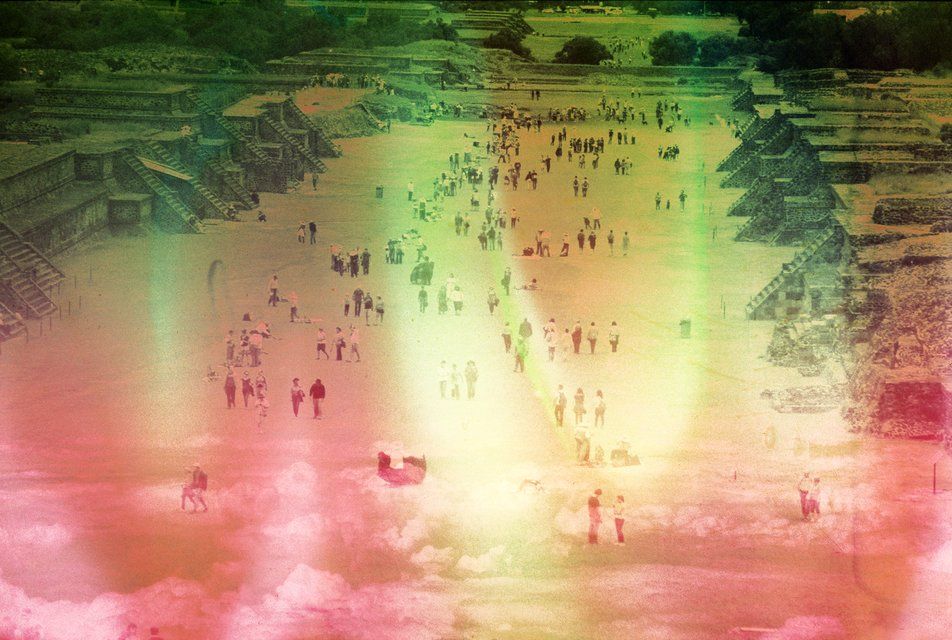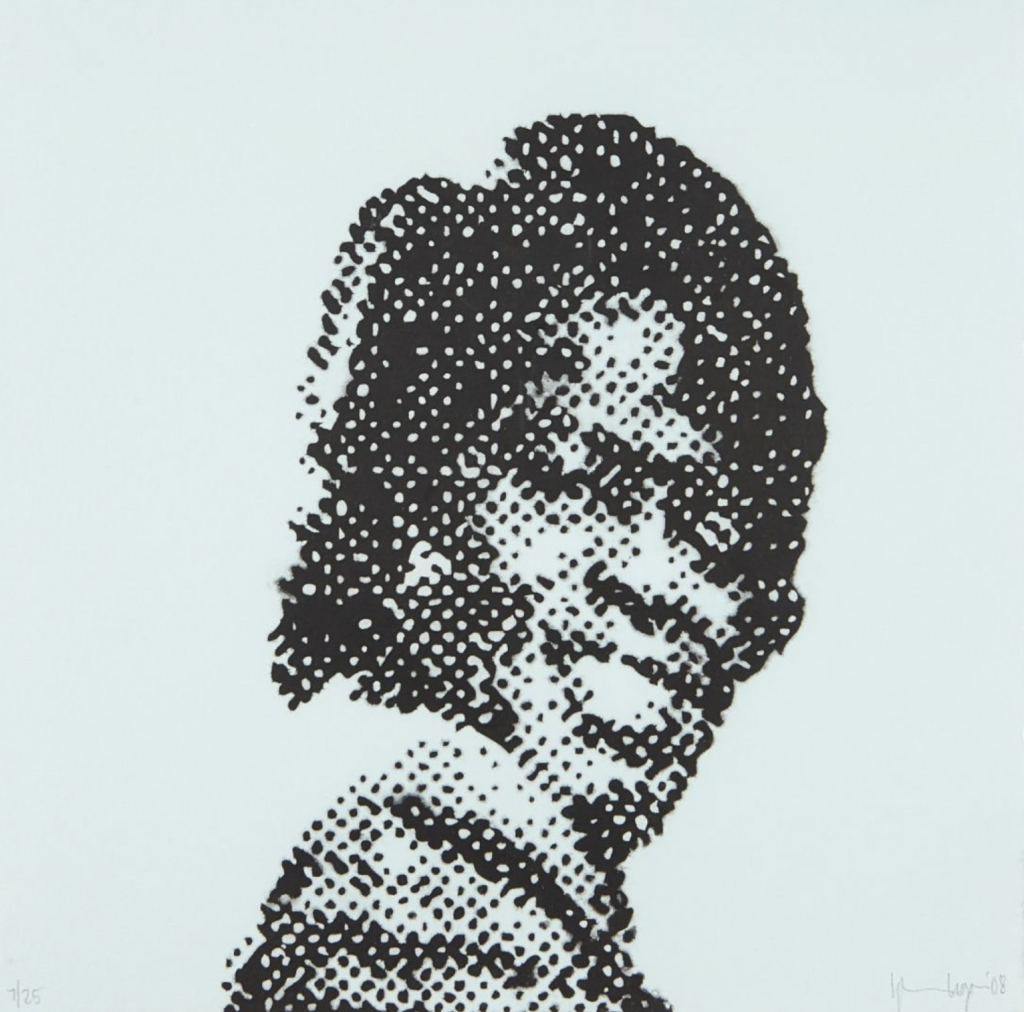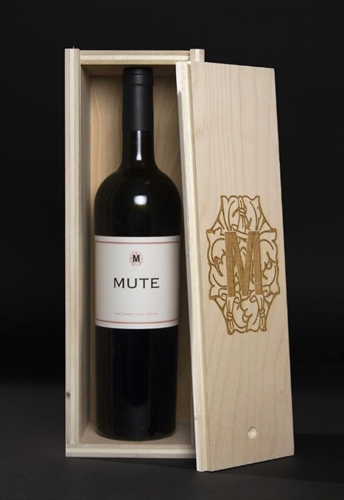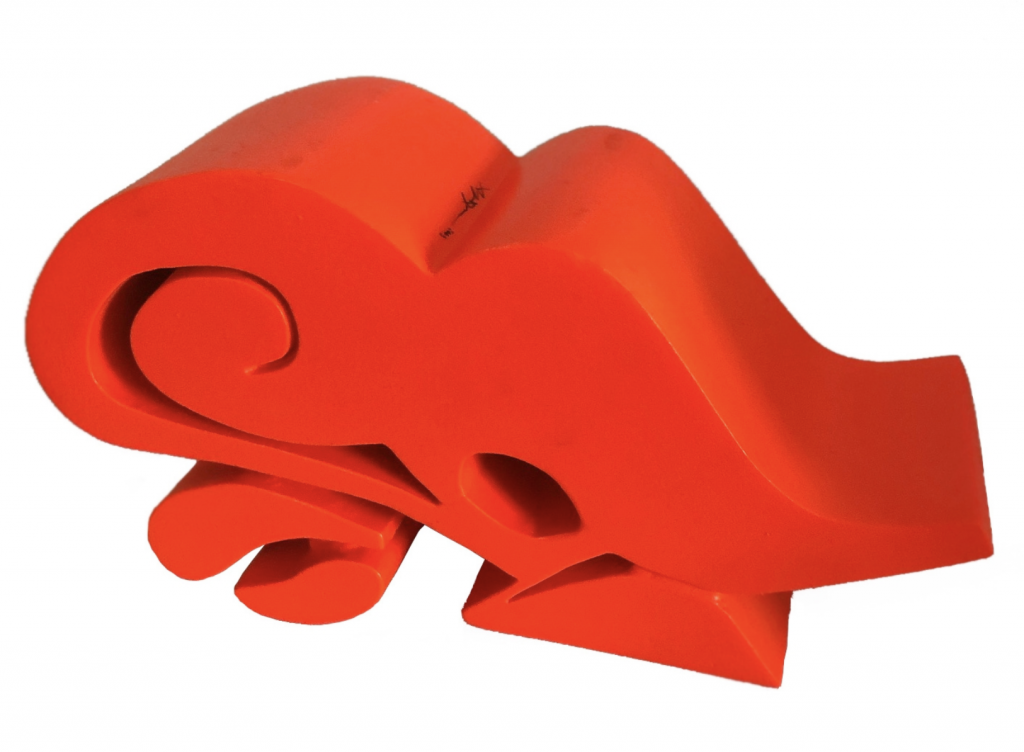How the Art in General Organization Changed the Landscape of the New York Art World


Artnet Auctions

What do Glenn Ligon, Marina Abramovic, Sanford Biggers, and Sharon Hayes have in common? They all worked with Art in General (AIG), an organization that can take credit for helping launch the careers of each of these artists.
Since 1981, New York City-based AIG has supported over 2,000 early and mid-career artists, providing meaningful resources and exhibition opportunities.
Last October, AIG made the difficult decision to cease operations as a result of the financial strain caused by the pandemic. To honor the legacy of the longstanding alternative space, Artnet Auctions has partnered with Art in General for a sale of limited-edition works.
This unique auction includes works by artists who have exhibited with Art in General in the past, such as Paul Pfeiffer, Xaviera Simmons, and others. Funds raised from the sale will be used to help offset financial constrictions, and the selection of works will help keep the history of AIG alive in future collections.
To learn more about AIG and the Artnet Auctions sale, we spoke with Leslie Ruff, former president of Art in General’s board of directors, and Mary Lapides, the former secretary of the board.
Art in General had a long history of supporting artists early in their careers. Can you tell us more about how AIG came to be in 1981?
Leslie Ruff: Martin Weinstein and Teresa Liszka, the artist children of the founders of General Hardware, a wholesaler in Lower Manhattan, founded the organization to exhibit the work of their friends and themselves. They remained active supporters as the organization grew, until a few years ago.
Mary Lapides: AIG was founded by artists for artists. It was a very supportive atmosphere and casually run, initially. As the shows began to get more traction, they eventually hired the late Holly Block, a pioneer in the art world, to become AIG’s first executive director from 1988 to 2004. In 40 years, we had just four directors and a great diversity of curators. I think that speaks volumes about them, as well as the organization as a whole.

Glenn Ligon, Self-Portrait at Nine Years Old (James Brown), (2008). Est. $3,000–5,000 and live now through March 9 on Artnet Auctions.
The New Commissions Program was at the core of AIG’s programming. How did it support emerging artists?
LR: The curatorial expertise of AIG would identify artists who could benefit from financial, curatorial, and PR support. AIG would provide financial support, editorial advice, and ultimately gallery space to exhibit and publicize the artist’s project. More than 80 artists benefited from this program over the years.
ML: This was such a dynamic and international program. What I loved about AIG is we could be highly local and very global at the same time. We had a lot of support abroad in several Eastern European countries, and we became an important link showing emerging artists from Romania or Latvia. Artists, art directors, and curators would look to us and want to collaborate. The “What now?” series of lectures and publications also grew out of this program with the New School and Vera List Center.
At the cornerstone of the New Commissions program was a fearless belief, to help push artists to make shows that were ambitious and to take risks. This was done away from the commercial marketplace. We let them dream and we gave them financial and the curatorial support to make it happen.
When did your passion for the arts begin? What drew you to AIG initially?
LR: My mother was a concert pianist, and my wife was a talented printmaker and painter. I am a lawyer, and wanted to use my skills in furtherance of the support of artists, and AIG was the perfect vehicle for accomplishing this.
ML: I have always been involved in the arts in some form, my late mother was an antique dealer and collector of decorative arts. I worked for Christie’s auction house as a specialist for many years. My area was Impressionist and Modern art, but I always wanted to support the work of emerging artists. AIG always felt like home, and a very supportive atmosphere. I loved the risk taking and the emphasis on performative art. The more I attended events and got to know the artists, the more I wanted to be involved. I’m a big believer in collecting and buying art, of course. I also believe collectively, the support you give artists and arts organizations can help propel an artist to new and exciting heights. I saw the mission of AIG as vital and thrilling for the New York art scene.

William Pope.L, A Philosophical Solution(2011). Est. $1,000–1,500 and live now through March 9 on Artnet Auctions.
Leslie, what is your proudest memory from your time as president of AIG’s board of directors?
LR: On the program side, providing an opportunity for a number of Eastern European artists from countries where freedom of expression was not a given, to exhibit their work in New York, and enter a different landscape. On the organizational side, it was helping guide the board to transition from AIG’s former home in Tribeca to a new home in DUMBO.
Mary, how has your work on the board of AIG informed your career as an art advisor?
ML: It has taken me in directions I never dreamed of. I have made life long friends as well. It also inspired a passion project. I founded an Artist Residency program in Water Valley, Mississippi. My first invited artist 10 years ago was also an AIG New Commissions artist, Zefrey Throwell. I was so inspired by the shows at AIG, I wanted to bring a little bit of that spirit to the rural deep south.

Sanford Biggers, Om, (2005). Est. $500–700 and live now through March 9 on Artnet Auctions.
What is your favorite exhibition or artist to come through Art in General?
LR: Jill Magid’s “Woman With a Sombrero,” in 2013, is an exhibition that stays with me. It relates to her efforts to free the personal archives of Luis Barragan, and I found the conceptual aspects fascinating.
ML: This is a very tough question. I would say Zefrey Throwell’s show, it was raw and performative: a strip poker game using economic models in the window of the 79 Walker Street location, we literally stopped traffic. Zach Blas’s “Contra-Internet” was a very futuristic show and very different for AIG. I thought it was brilliant. I have many more on my list!
What is your favorite artwork in the sale, and why?
LR: I’m very fond of Om, the Sanford Biggers sculpture.
ML: Xaviera Simmons and the Basim Magdy, I’m lucky to own an edition of each.